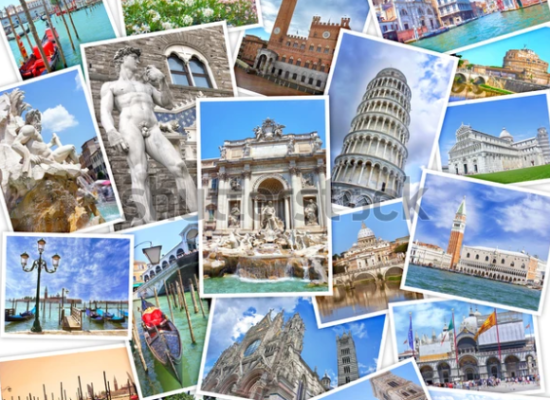
ASIA
Asia is the largest and most populous continent, encompassing a vast array of cultures, languages, and landscapes. Here’s a comprehensive overview of Asia:
Geographic Diversity
Cultural and Linguistic Diversity
Historical Significance
Economic Landscape
Natural Beauty
Modern Cities and Culture
Political Structure
Wildlife and Conservation
Climate
In summary, Asia is a continent of vast contrasts and complexity, offering a wide range of experiences and insights into both ancient traditions and modern advancements. Its rich cultural tapestry, diverse landscapes, and significant global influence make it a compelling destination for travelers and researchers alike.

